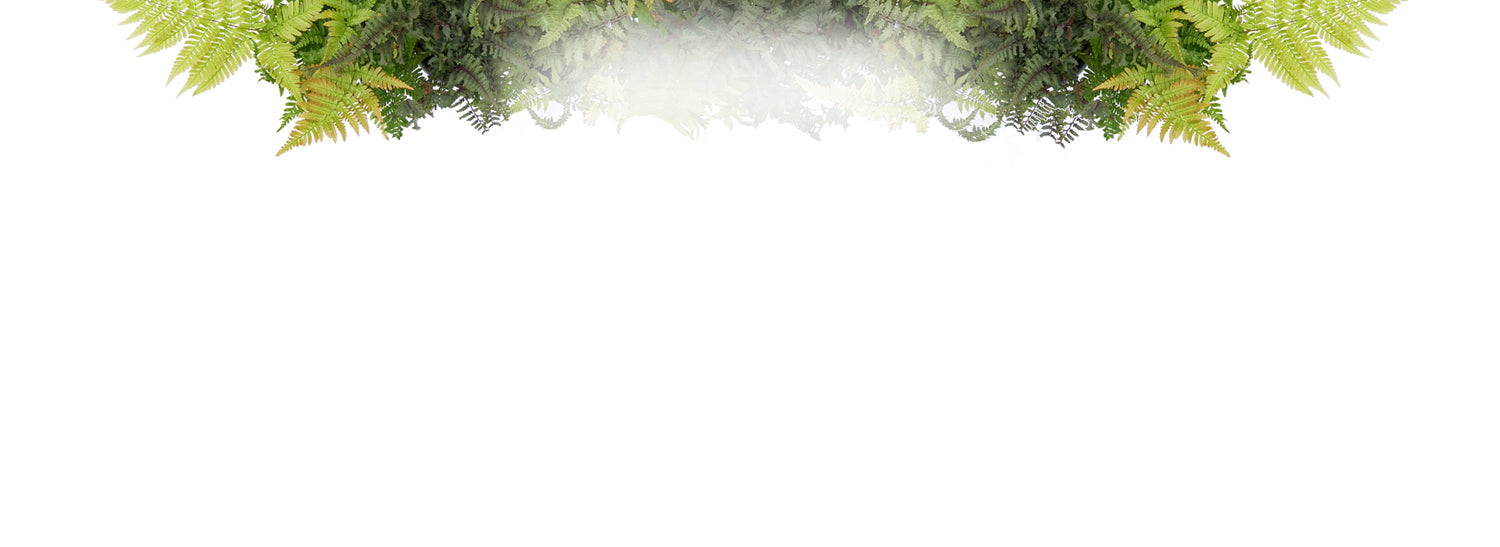Description
Plant spacing is based on the ultimate width of the plants. This figure is normally given as a range; for example, 3-5’. If you live in a cold climate and/or want plants to fill in more quickly, plan to space at the shorter end of the range. If you live in a warm climate, are on a limited budget, or are willing to wait longer for plants to touch, use the higher end of the range. Using the larger number is recommended when calculating distance from a building or structure. There’s really no such thing as "maximum spacing": if you don’t want your plants to touch, you can space them as far apart as you’d like. All plant spacing is calculated on center, or in other words, the centers of the plants are spaced one half of their eventual width apart:

Unless you are planting in a straight line, as you might for hedges or edging, space your plants in a staggered or zig-zag pattern for a more interesting and naturalistic look:

Hand-picked at our greenhouse
Shipped to your door
Arrives as young plant
Learn how to grow and care for hydrangeas like a pro! Discover different types of hydrangeas, when it's best to prune hydrangeas, how to change colored blooms, why they may be wilting, and everything else you need to know.
Packaged very well I was impressed! Planted them right away, looking forward for them to grow.
Product looks ok, but the box they arrived in was crushed
Super healthy! Very happy ro receive it in such good shape( I’ve definitely experienced, the opposite as well! Not from Great Gardens:)
Have ordered three times from Great Garden Plants for a total of 17 plants. Everything arrived as promised, shipped as I requested, received promptly, well packaged, healthy plants. When I see reviews/complaints about the size I wonder - did you not read the description or know how big a quart container is? Doesn't matter how large a plant it is when it arrives, healthy plants that are planted correctly and cared for will turn out the same size! I will order from Great Garden plants again!
Plant arrived in good condition, in a pot, with plastic around it to present soil loss. Was packaged then in cardboard to prevent breakage. Thanks, good job !



